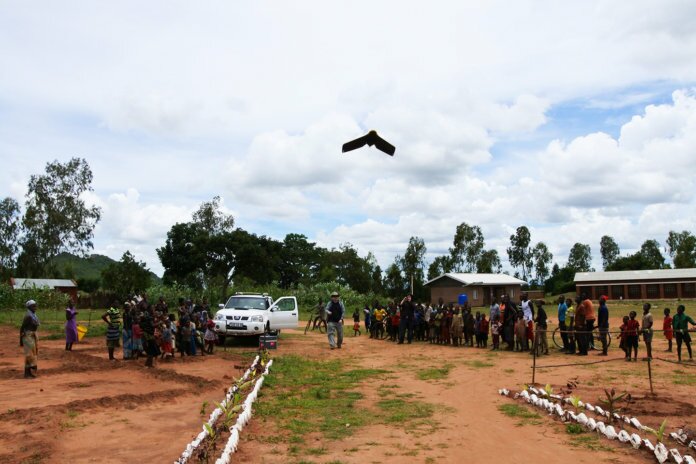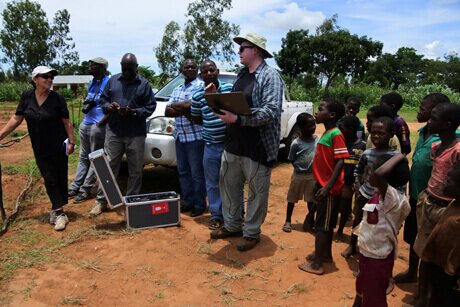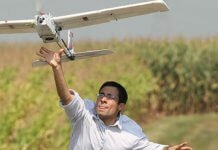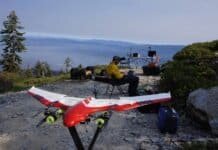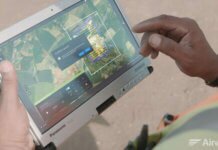Jon Carroll, an assistant professor of anthropology at southeastern Michigan-based Oakland University (OU), is using drone technology to help farmers in Malawi boost crop production amid challenges posed by climate change.
According to a press release from the university, Carroll, Ph.D., is part of a team of scholars harnessing the latest advances in science and technology to promote sustainable agriculture in Africa.
Carroll recently traveled to Liwonde, Malawi, to work on a research project called “Precision Agriculture for Smallholder Systems in Africa,” which is part of Feed the Future, the U.S. government’s global hunger and food security initiative.
The project is funded by the United States Agency for International Development (USAID) and is in collaboration with Michigan State University’s Center for Global Change and Earth Observations, as well as Kansas State University’s Sustainable Intensification Innovation Lab.
Carroll worked extensively with the Center for Global Change while in graduate school at Michigan State and was asked to join the project because of his experience in using unmanned aerial vehicles (UAVs), says OU. This includes archaeological excavations in Israel and a historical survey of Chateau de Balleroy, a 17th-century castle in Normandy, France.
“They knew of the work I had been doing in different parts of the world, and they thought that drone capability would be a great asset to the project,” says Carroll, a registered professional archaeologist; FAA-licensed drone pilot; and assistant professor in OU’s Department of Sociology, Anthropology, Social Work and Criminal Justice.
He explains, “What we are doing is bringing highly detailed aerial imagery together with weather station data to understand what’s going on with these farm fields. This approach is widely available in the U.S., but in Africa, they simply don’t have access to these technologies.”
The UAV captures images that allow researchers to quantify how much water and chlorophyll is in the plants. It also allows for 3D measurements of plants in different parts of the field. Based on this data, researchers can recommend potential solutions to low crop yields, explains OU.
“The answer could be water or fertilizer, or it may be that they are growing the wrong types of crops for that soil,” Carroll says.
The researchers are also working to develop models that can better predict seasonal and environmental patterns, which have been disrupted by climate change, says OU.
Citing USAID, OU says recurring droughts have ravaged Malawi’s agriculture sector, threatening the livelihoods of Malawi’s smallholder farmers, who constitute 80% of the country’s population. In addition, 38% of Malawians live below the poverty line, and 47% of children have stunted growth.
“It’s a big problem, potentially disastrous,” Carroll says. “We went down there in February because that’s their growing season, and it didn’t rain once while we were there.”
Carroll’s research team worked in conjunction with other research groups, which included government officials and scholars from Malawi and other places. Aside from the influx of visitors, the appearance of a flying object was a source of fascination for children and families in the community, OU points out.
“This is an area where people are just not used to seeing this type of technology, so any time that I flew the drone, we always had a crowd,” Carroll says. “Entire families would come out to see what was going on, and I would make it a point to try to explain to the people what we were doing and answer their questions, either in English or through an interpreter.”
Carroll calls his time in Malawi “one of the most profound” research experiences of his life.
“I’ve worked in different parts of the world, usually on archaeological questions, and most of the people that I study have been gone for hundreds or thousands of years,” he explains. “This was a very different kind of project because I was surrounded by the people who were going to be affected by this research.”






